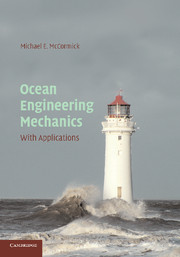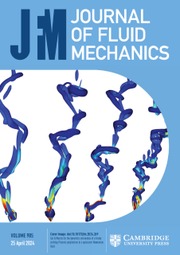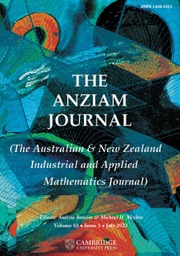Engineering Tribology
An ideal textbook for a first tribology course and a reference for designers and researchers, Engineering Tribology gives the reader interdisciplinary understanding of tribology including materials constraints. Real design problems and solutions, such as those for journal and rolling element bearings, cams and followers, and heavily loaded gear teeth, elucidate concepts and motivate understanding. The hallmark of this work is the integration of qualitative and quantitative material from a wide variety of disciplines including physics, materials science, surface and lubricant chemistry, with traditional engineering approaches. Reviewers have praised the coverage of: both elastic and plastic stresses at surfaces in contact; the mechanisms of friction, wear and surface distress, and wear; thick pressurized fluid films in both hydrostatic and hydrodynamic bearings; elasto-hydrodynamic lubrication; boundary lubrication mechanisms; dry and marginally lubricated bearing design; the design of rolling contacts and bearings.
- Recognizes the interdisciplinary nature of tribology
- Integrates qualitative and quantitative methodology
- Reviewers have praised the coverage of elastic and plastic surfaces in contact, the mechanisms of friction, wear and surface distress, and many other topics
Product details
April 2005Paperback
9780521609883
512 pages
229 × 152 × 26 mm
0.68kg
223 b/w illus.
Available
Table of Contents
- 1. Introduction
- 2. Engineering surfaces
- 3. Contact between surfaces
- 4. The friction of solids
- 5. Wear and surface damage
- 6. Hydrostatic bearings
- 7. Hydrodynamic bearings
- 8. Gas bearings, non-Newtonian lubricants and elasto-hydrodynamic lubrication
- 9. Boundary lubrication and friction
- 10. Dry and marginally lubricated contacts
- 11. Rolling contacts and rolling element bearings.








